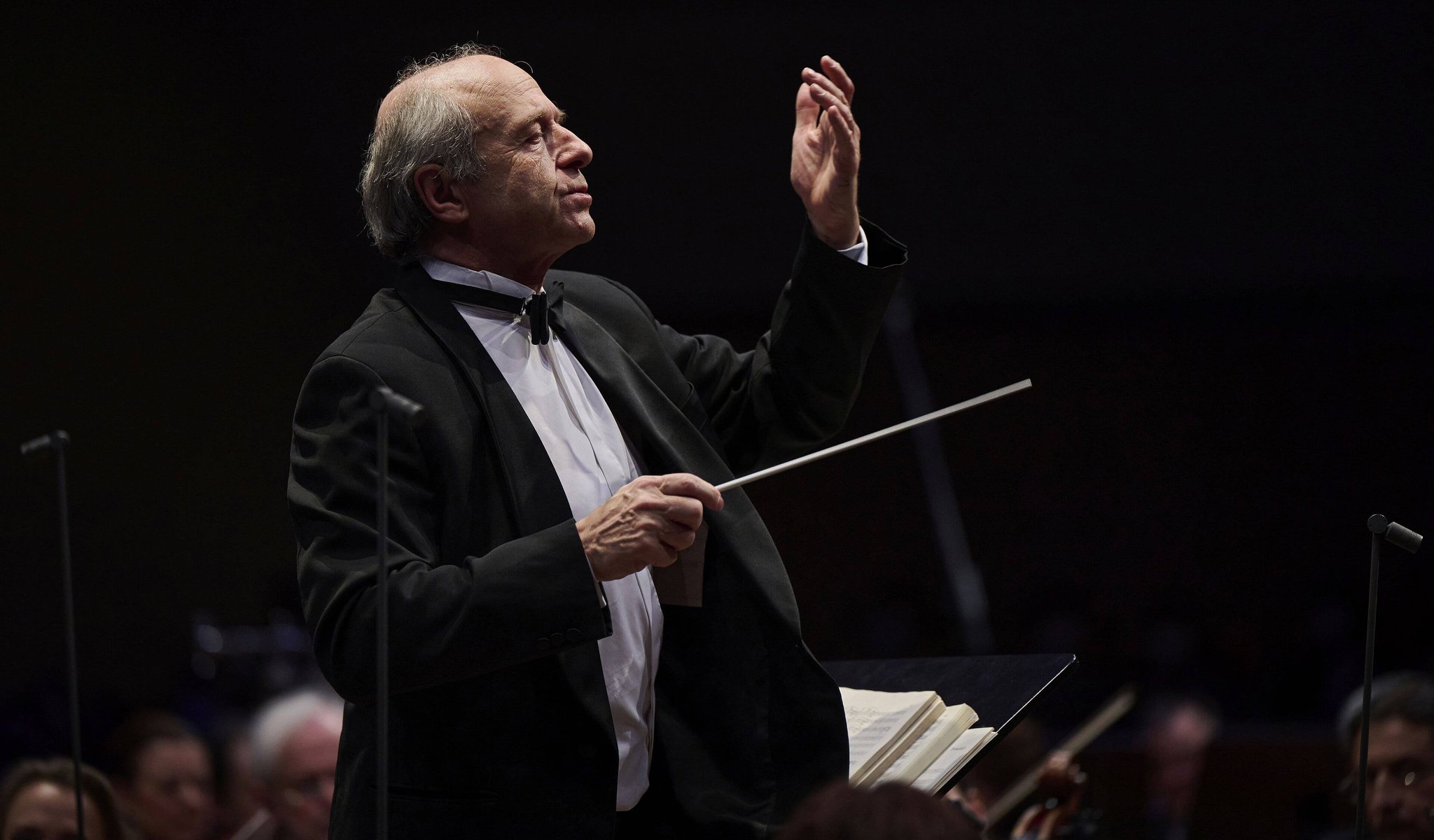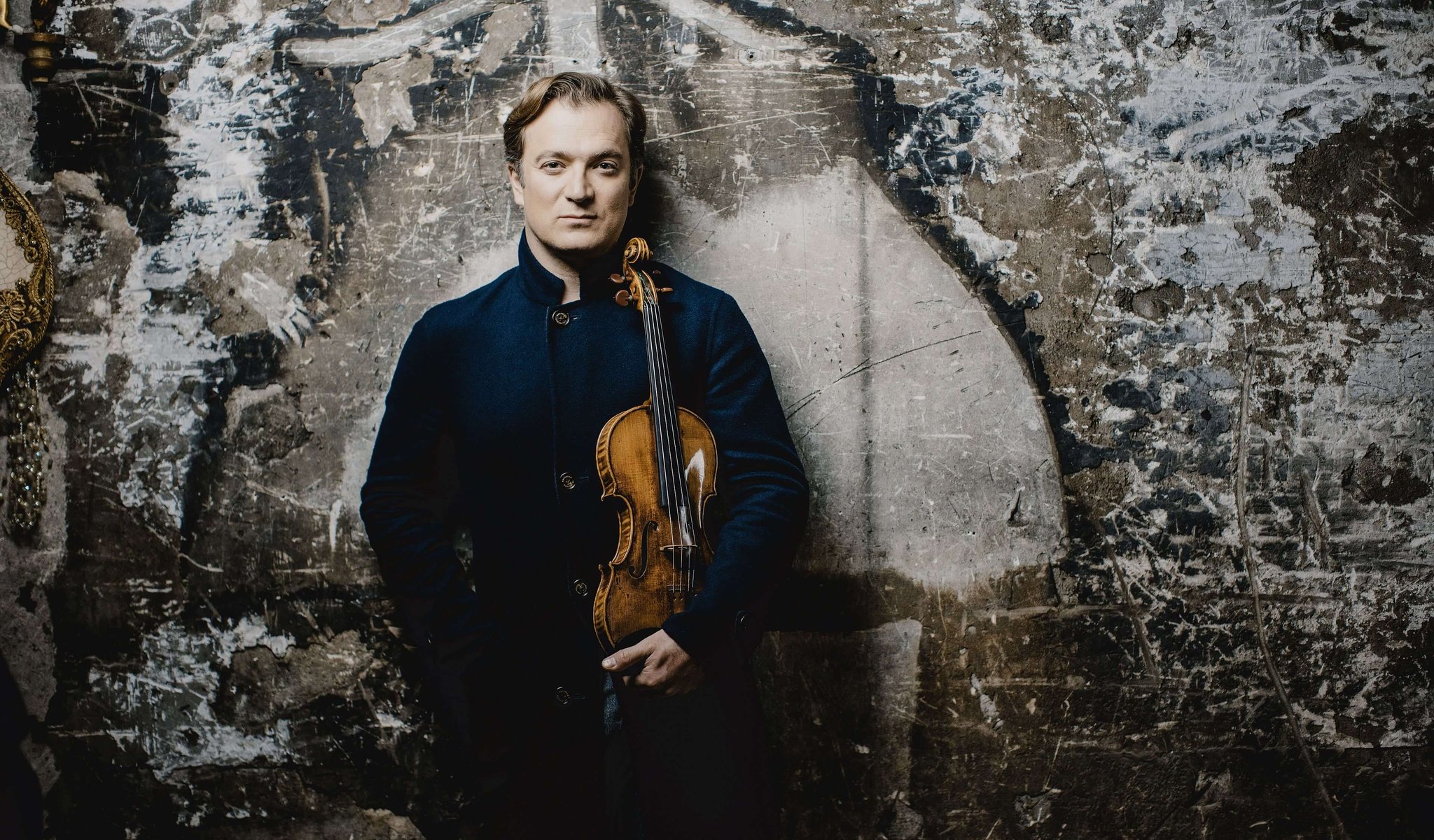

Program
Featuring
Other information
Season tickets
- SOLTI
The event is about 2.5 hours long.
About the event
Mendelssohn’s world-famous violin concerto and one of Mahler’s most positive and perhaps most popular symphonies will be on the program at the Budapest Festival Orchestra’s first concert of 2025 at Müpa Budapest. The soloist for the concerto, Renaud Capuçon, will use his 1737 Guarnieri violin to share the deep and nuanced tones of the piece, while displaying the virtuosity which makes him a favorite of audiences and critics. Comprising a challenging opening movement, a lyrical aria and a finale evoking A Midsummer Night’s Dream, the piece will be followed by “one of the seven wonders of the symphonic world,” as Mahler’s fifth was once referred to, following its 1904 premiere in Cologne. Adagietto, which took off on its own right in the movie adaptation of Death in Venice, was an encore at the BFO’s very first concert in 1983. Iván Fischer, who founded the Hungarian Mahler Society, has made it a special point ever since to present the composer’s works.
Following his violin concerto, composed at the age of thirteen – and not bad for someone of his age! – Mendelssohn returned to the genre only after more than a decade and a half. His work was hindered by other projects and illnesses, and he finished the piece only six years later, in 1845. Despite being an outstanding violinist himself, the composer relied on the help of his violinist friend Ferdinand David for technical matters throughout; the piece was eventually dedicated to him. The result was Mendelssohn’s final major orchestral work: a simply structured, yet thoroughly innovative, violin concerto. Instead of an orchestral introduction, the soloist kicks off the beginning of the first movement, and the virtuoso cadenza also comes earlier than what would be suggested by the format of the movement. It is not only the violinist who is impatient in this piece: the three movements, also relate to one another thematically and flow seamlessly with harmonic connections, without any pauses. After the slow movement, evoking the world of Songs Without Words, the piece concludes with a joyous finale, introduced with a fanfare of trumpets.
In the description of the program, the indication of the scale of Mahler’s symphony No. 5 is somewhat misleading, as the piece, beginning in a dark C-sharp minor, wraps up in the final movement in a brightly shining D major key. This is not only about enlightenment, but also an ascent, in both the literal as well as the figurative sense of the word: the piece of five movements describes the passage from death to light. Unlike his earlier symphonies, the composer did not employ a choral section or a choral program for the piece. The purely instrumental work was composed in 1902, during one of Mahler’s most prolific periods, around the time when he married Alma Schindler. Although it includes no titles, the instructions spelled out in the score are very specific. Possibly interpreted as a zeroth movement, the funeral march – evoking Beethoven’s No. 5 – is to be performed “at a measured pace” and “strictly.” Then, the second movement, which rounds out the first part of the piece, is described as “crashing stormily.” Even though this movement includes the glimmer of D major, it concludes on a deeply sorrowful note. The “strong” middle movement transforms the ländler into both a pleasant dance and a haunting vision. The third part is a confession of love to Alma, beginning with the “very slow” and “intimate” adagietto known worldwide, scored for the string section and a harp, and then followed by the “playful” and “fresh” rondo finale, which explodes immediately, without a pause.
Did you know? Mendelssohn’s Violin Concerto premiered in Leipzig on March 13, 1845, with Ferdinand David as soloist and Niels Gade conducting; Mahler’s Symphony No. 5 premiered in Cologne on October 18, 1904, with the composer conducting; the Budapest Festival Orchestra last played Mendelssohn’s Violin Concerto on August 10, 2023 in Edinburgh (soloist: Daniel Lozakovicz; conductor: Iván Fischer) and Mahler’s Symphony on February 24, 2020 in New York (conductor: Iván Fischer).
Contemporary events: Tannhäuser, the opera by German composer Richard Wagner, was first staged in Dresden’s Hoftheater on October 19, 1845 / On January 29, 1845 the poem The Raven by the American poet Edgar Allan Poe was published in the New York Evening Mirror / The English painter J. M. W. Turner painted his depiction Sunrise With Sea Monsters in 1845 / The Congress of the United States ratified the annexation of Texas on February 28, 1845 / The Cherry Orchard, the final piece by Russian author Anton Chekhov, premiered at the Moscow Art Theater on January 17, 1904 / On April 8, 1904 the French-English agreement creating the Entente Cordiale was signed in London / On January 21, 1904, Czech composer Leoš Janáček’s opera Jenůfa premiered in Brno / In 1904, Austrian philosopher Otto Weininger’s work On Last Things was published posthumously / Spanish painter Pablo Picasso painted his portrait of Suzanne Bloch in 1904
